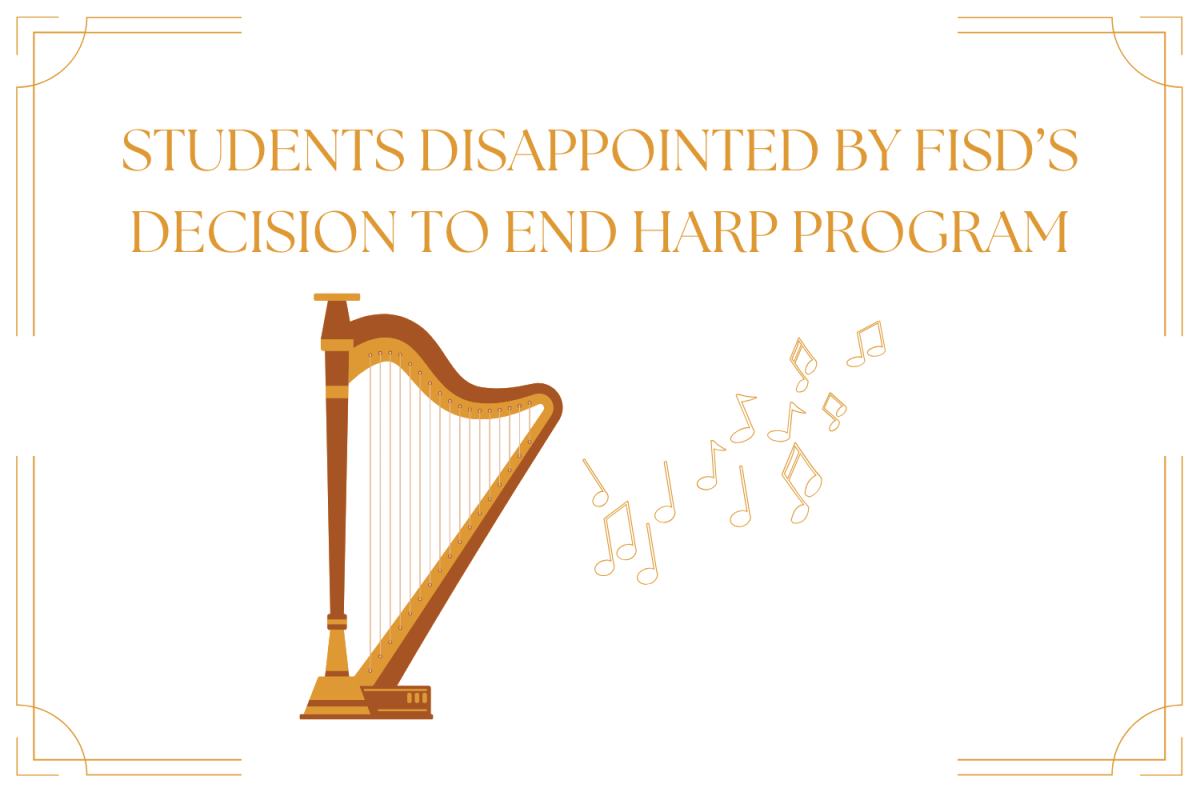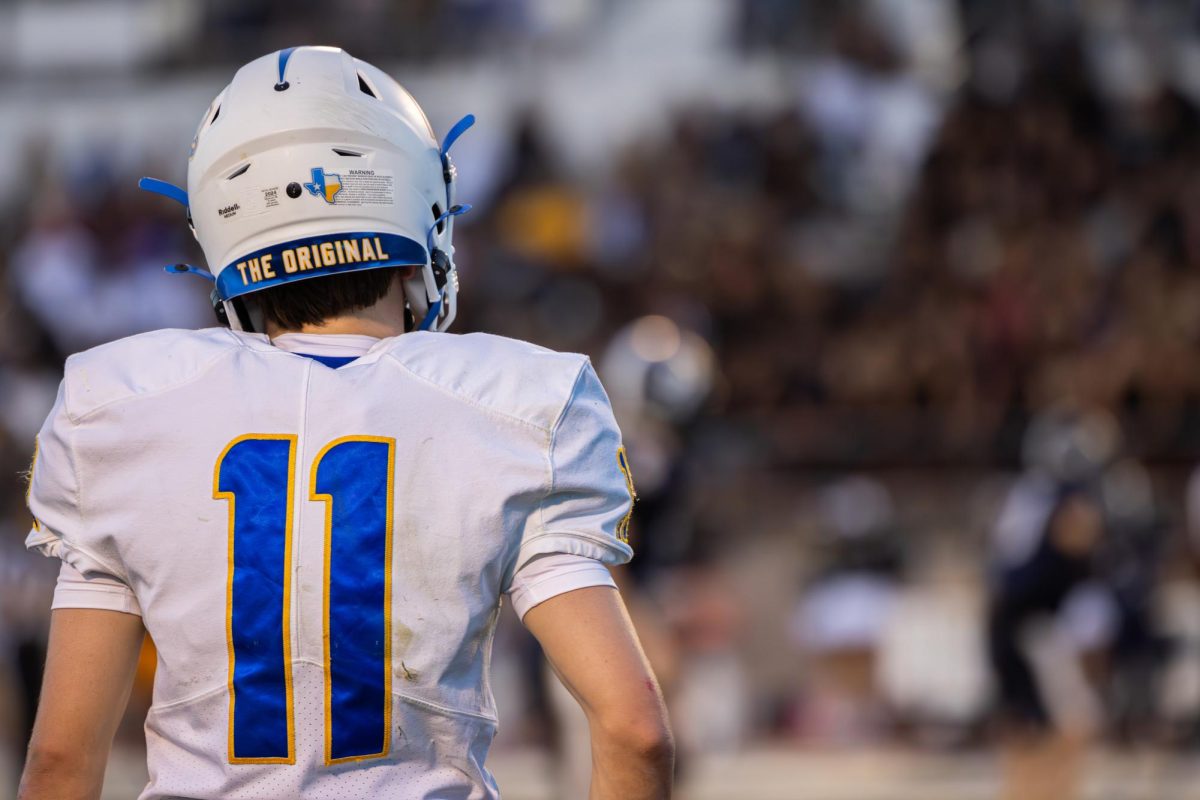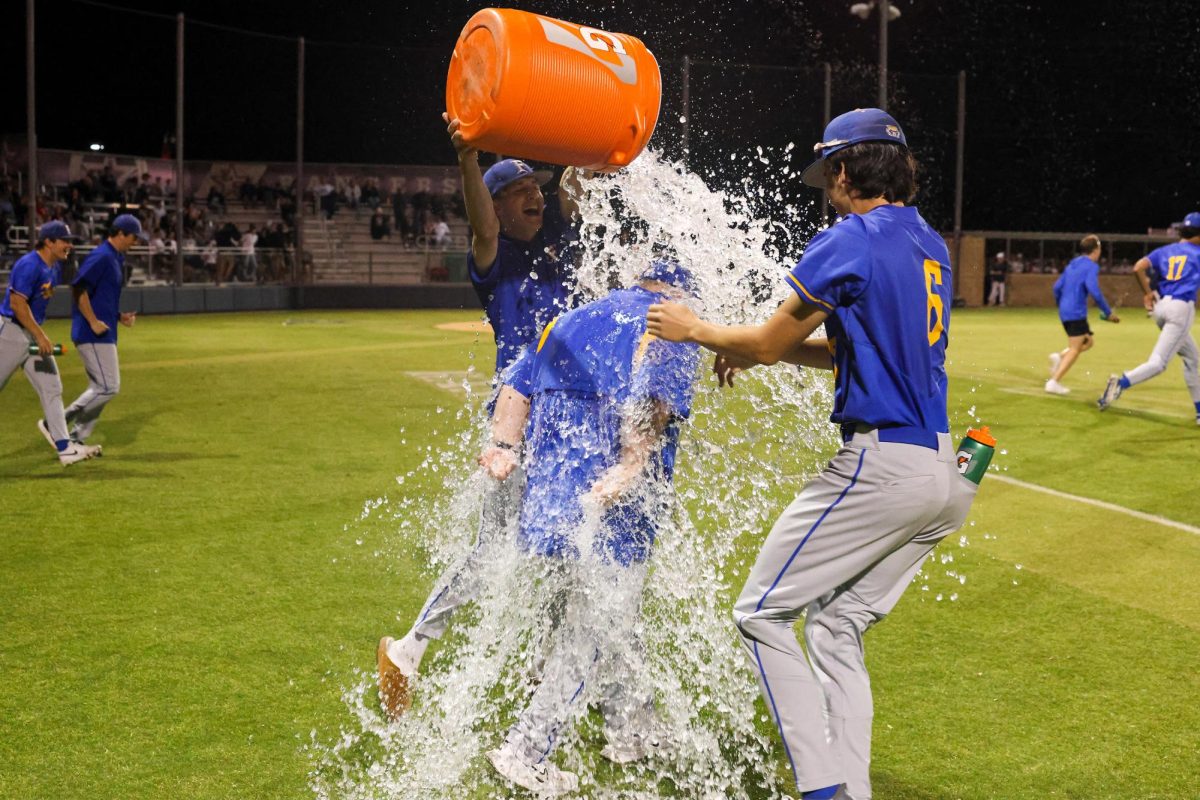The 2024 Paris Summer Olympics concluded on Aug. 11 with the traditional closing ceremony and star spangled banner waving from the hands of 14-time Olympic medalist Katie Ledecky, the most decorated female swimmer of all time. At the recent games, Ledecky alone brought home four of the USA’s 126 medals, the most out of any country. The medals span a total of 34 sports and more than half were earned by Team USA women.
For the last four Summer Olympics, Team USA’s women have dominated the games and accounted for the majority of medals earned. Women such as Ledecky in swimming, Simone Biles in gymnastics, Sydney McLaughlin-Levrone and Gabby Thomas in track and field have all brought home numerous medals.
However, people often dismiss women’s achievements in sports, arguing the level of competition is not as high for them and that the bar is low to earn a medal. This mindset is strongly rooted in society and contributes to how women’s sports have been portrayed in the media for years.
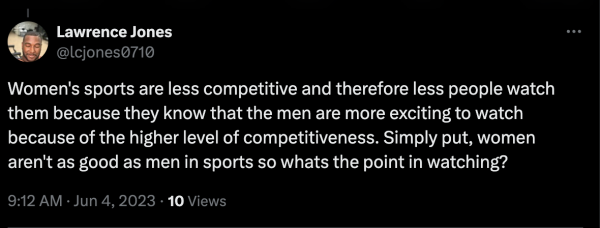
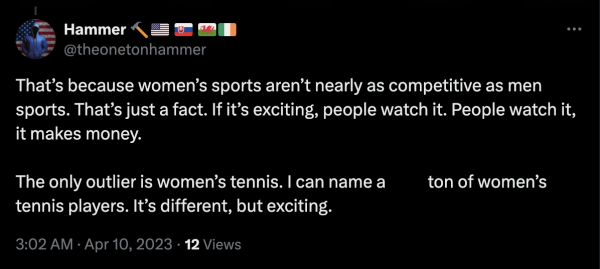
Since the 2012 London Summer Olympics, male and female athletes have received nearly the same amount of primetime coverage with women in a slight lead by 10-15%. These numbers would suggest women are receiving the coverage they deserve.
However, when you look at the content of women’s sport coverage compared to men’s you will notice the coverage women receive is focused not on their performance, but on their appearance and sexual appeal. This is especially the case within sports such as beach volleyball where the “uniforms” provide as much or even less coverage than a bikini.
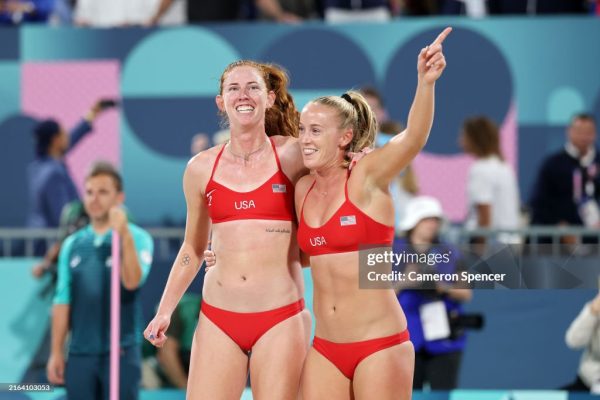
More so, rather than being interviewed on the world class title they have earned, women are questioned on how they stay in shape or how they did their makeup, with no regard to their talents. One example of this in the most recent games, is how the media attacked Simone Biles when she was pictured with her hair falling out at the Olympics.

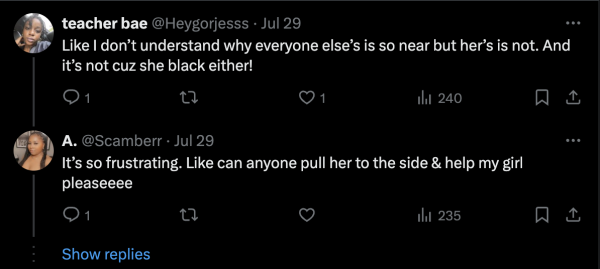
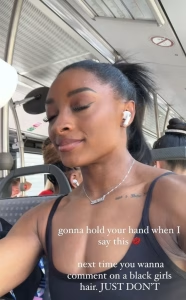
The photos of her hair went viral with posts on Instagram and Tiktok, tweets and even news stories about it everywhere. Viewers were criticizing her saying she looked unkept and that her hair was fried. Biles responded to the hate she was receiving on her Instagram story saying, “Don’t come for me about my hair,” adding, “Next time you wanna comment on a black girls hair. JUST DON’T.”
The media’s response towards Biles clearly illustrates how male athletes are treated comparatively to women. No one notices or questions when their hair is not perfect, but Biles was immediately questioned and harassed about her hair as soon as it began to fall out while competing some of the most technically advanced skills in gymnastics.
For the 2024 Paris Summer Olympics, the International Olympic Committee (IOC) updated their Portrayal Guidelines for Gender-equal, fair and inclusive representation in sport. The IOC targeted the improvement of balanced storytelling and established specific language for reporters to utilize in interviews. The IOC’s updated guidelines made the 2024 Olympic Games the first to have truly equal primetime coverage for male and female athletes, at last showing off Team USA’s women’s accomplishments as they deserve. For example, the Team USA women’s gymnastics team has medaled in the last four Olympic Games, winning gold in three, but these are the first games where you can find a full panel press conference with the athletes and in depth questioning online. Representation for these female athletes projects them into the spotlight and many are finally receiving the recognition they undoubtedly deserve.
The Summer Olympics marked an important milestone for women, but other breakthroughs have also been earned in the past year, notably, the rise of women’s college basketball. Players such as the University of Iowa’s Caitlin Clark, Louisiana State University’s Angel Reese, Stanford University’s Cameron Brink and the University of Connecticut’s Paige Bueckers have gone viral on social media and garnered millions of fans during the 2023-2024 NCAA Women’s Basketball season. The players’ popularity has transcended into popularity for the sport and has increased viewership.
According to ESPN Press Room, the 2024 NCAA Women’s March Madness averaged 2.2 million viewers across ESPN platforms, an increase by 121% from 2023. The climb of viewership ultimately cleared the path for the 2024 South Carolina versus Iowa women’s title game to gain more viewers than the UConn versus Purdue men’s title game, averaging 18.7 million viewers compared to 14.69 million.
These record breaking numbers are expected only to increase and set the standard for women’s college basketball; however, they are yet to fully transcend into the professional world of women’s basketball. In 2023, the NBA Finals had an average viewership of 11.6 million, whereas the WNBA Finals averaged 728,000 viewers.
The massive fan base for the NBA puts the WNBA at a large disadvantage viewership wise; however, as college basketball stars like Caitlin Clark and Angel Reese begin to join professional teams, their viewers will follow them. Reese currently plays as a forward for Chicago Sky and is the most followed woman in the WNBA with four million followers on Instagram and TikTok. Clark has also amassed a large following, having 2.8 million followers on Instagram.
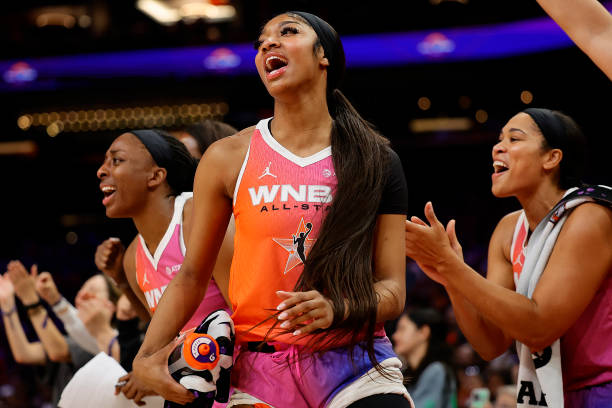
Reese’s platform has given the WNBA an edge, and the WNBA All-Star Game on July 20, featuring both Clark and Reese, already set a viewership record with 3.4 million viewers. This is up 305% from 2023, and if this trend continues, the WNBA could soon be on the same level as the NBA.
Female athletes have been long forgotten and overlooked in the world of sports. For years, their talent and hard work has not been portrayed in the rightful manner by the media. Witnessing athletes like Ledecky, Biles, Thomas and so many more step up to the Olympic podium and finally receive their flowers allows women to see a true representation of themselves as athletes.




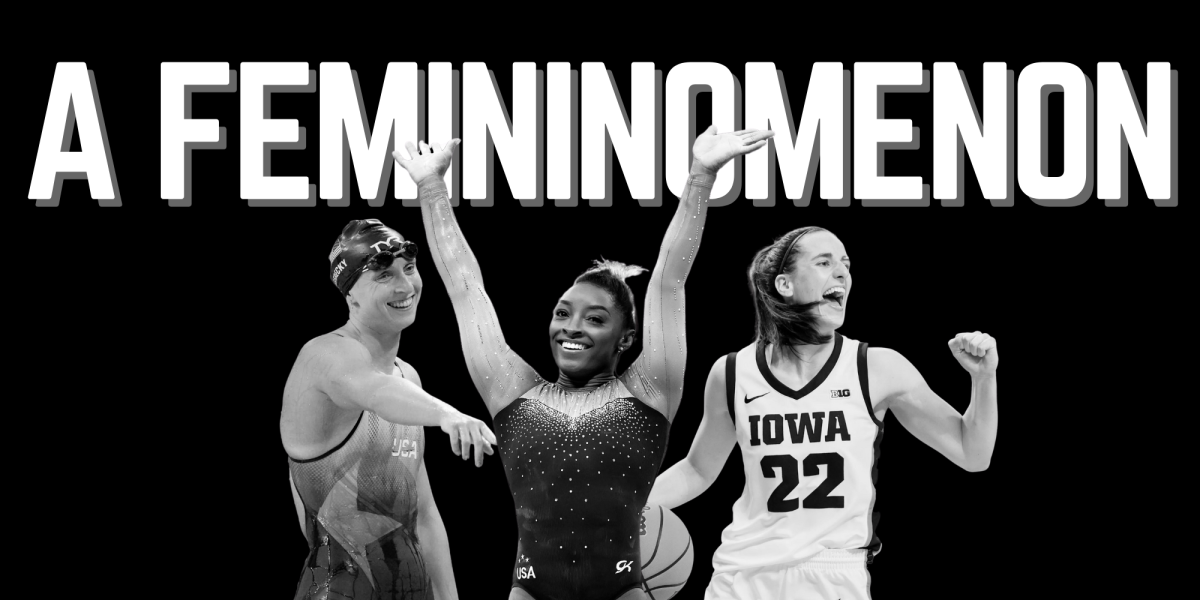
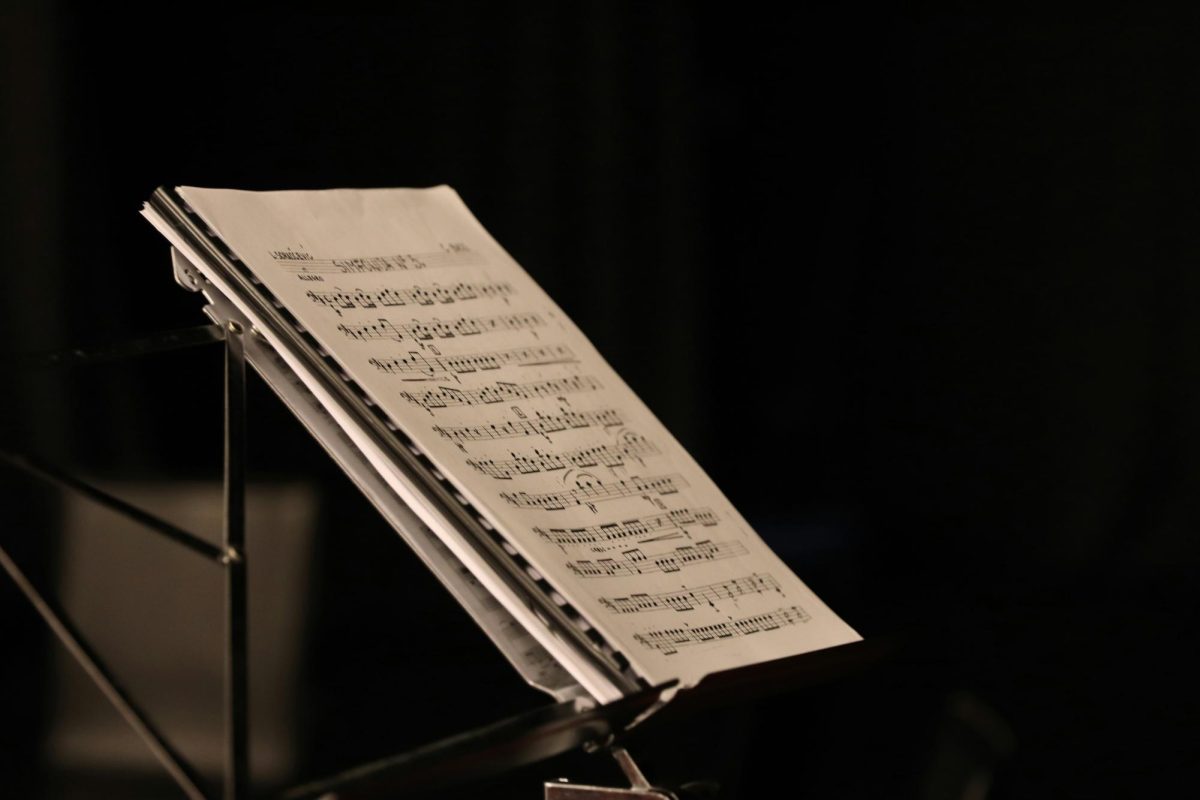
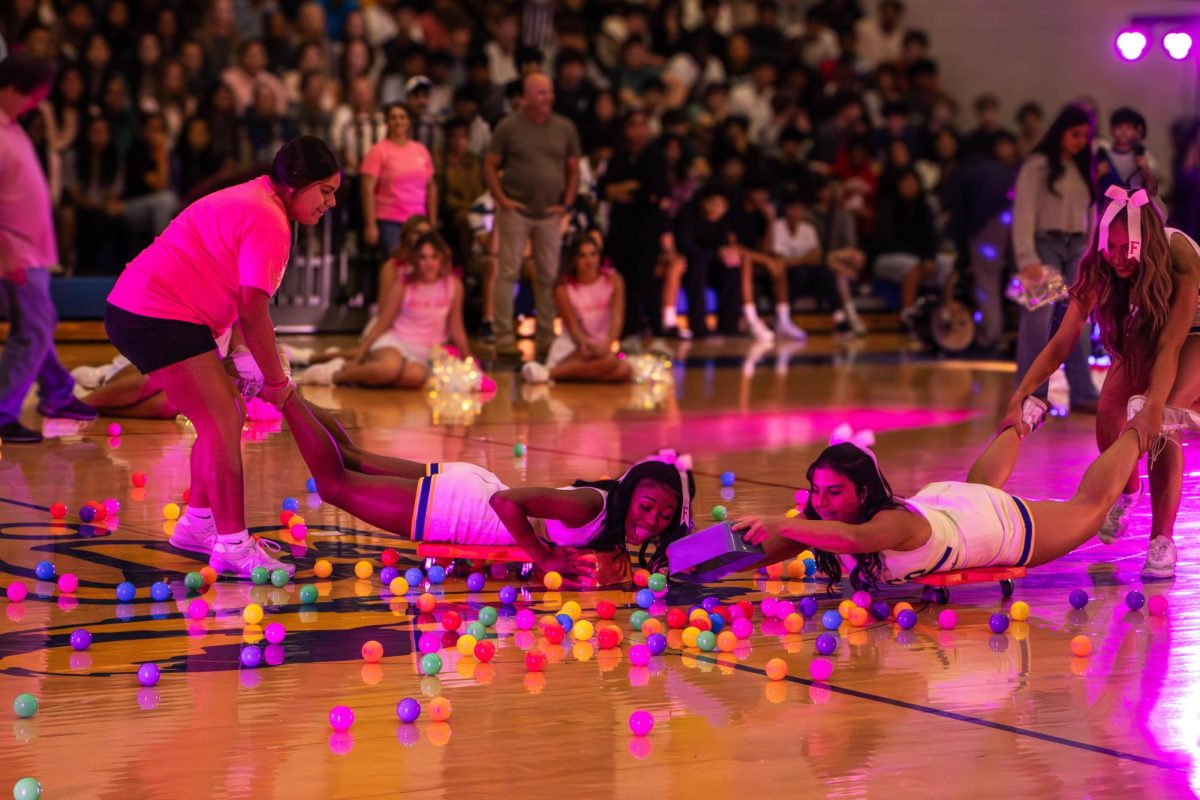
![Audra Shioya '25 receives a big check as a scholarship recipient. [PC: Audra Shioya]](https://raccoonrambler.com/wp-content/uploads/2025/05/IMG_4100-900x1200.jpeg)
